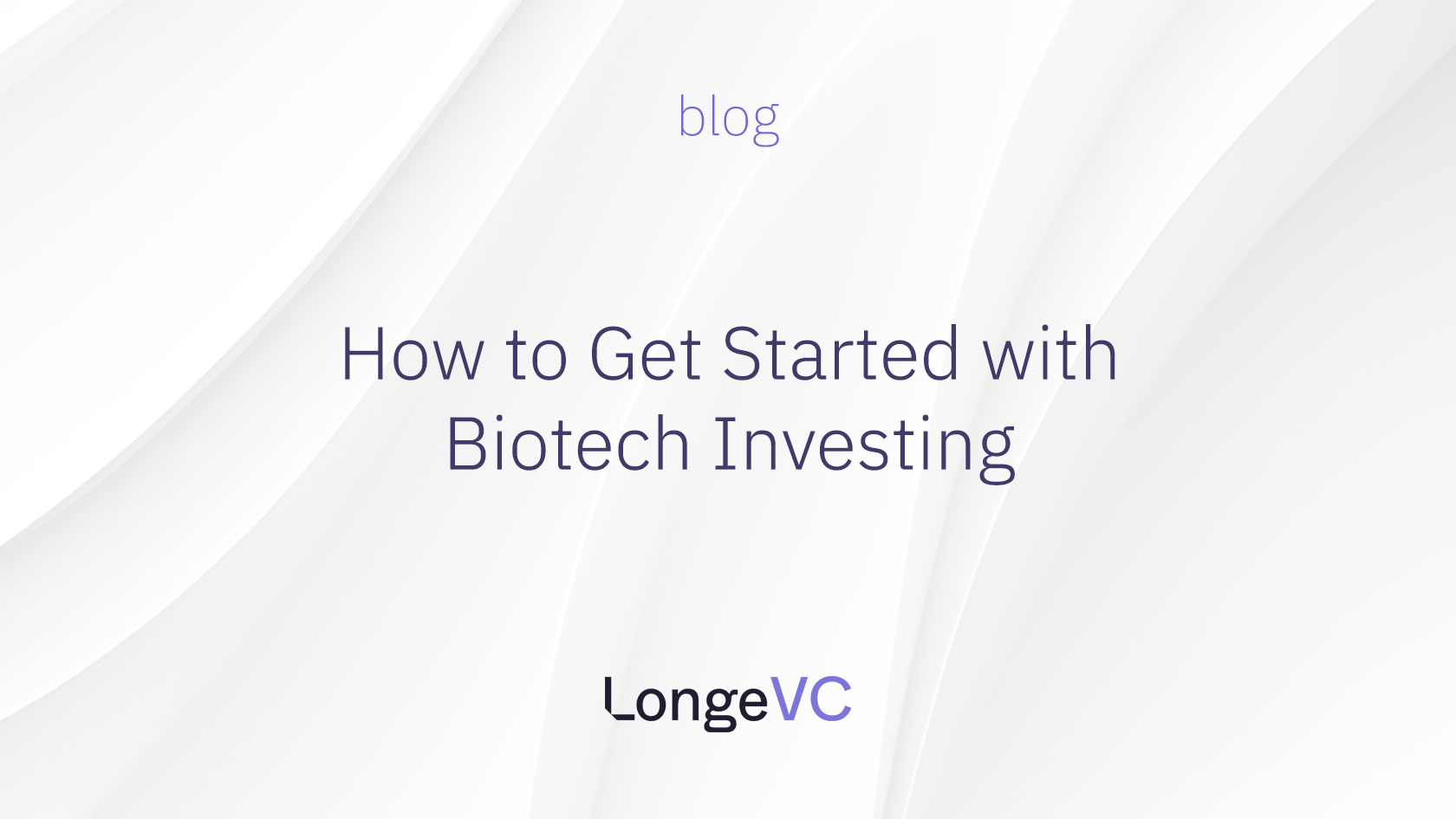Some consider biotech one of the riskiest sectors to engage in as a venture capitalist. Companies burn through cash, sometimes for years, with little to nothing to show for it. That’s also why finding a product or service that “hits” can be incredibly lucrative. Nothing ventured, nothing gained.
There is no magic formula for finding the right biotech firm, but there are things to look for as a venture capitalist.
Who Is in Charge?
The people running the show may be the most critical factor when investing in a biotech company. Great ideas will remain as ideas unless someone has a proven ability to bring those ideas to market. Having experienced, qualified people taking part in a company’s development should top the list of anyone’s investing criteria.
While the potential of teams can be a challenging area to evaluate, biotech, to some extent, is easier in this regard. Most founders come to the biotech start-up world with strong scientific and industrial (e.g., ex-pharma) backgrounds, having worked in their field for sometimes decades before founding their own venture. While there are very few “true newcomer” founders in longevity and biotech, it is still important to consider the background of these founders and their ability to succeed in a start-up context.
What Is the Market?
Size is king when considering the market opportunity for a biotech startup. If a startup says the market is large, it should generate at least $1 billion in revenue. The larger the market, the more likely a trade sale could occur in the future. The potential for future acquisition or partnership makes things even more attractive when we look at potential returns on investment.
When looking at early therapeutic investments like drug-based therapies, a VC should mostly evaluate a potential M&A landscape. It is reasonable to assume that the company will never actually sell anything before being acquired. Most of the exits in this subfield happen due to proprietary IP acquisitions.
What Is the Competitive Advantage?
Any product or service seeking VC money needs to have a sustainable edge over its competition. It needs to fill a void in the marketplace. It also should not be easy to replicate. The longer a product or service can maintain its market dominance, the better. Competition should not be able to catch up too quickly, as this would cut into profits.
Intellectual Property ownership also plays a huge role, as sometimes, the way IP was transferred into the company can either make it or break it for the entire venture. As a VC, you should always look for a substantial innovative step in a particular field, whether a new disease therapy, a fresh screening method or another cutting-edge idea.
What Are the Risks?
Risks are a huge part of investing, especially when tens of millions of dollars are involved. Not every risk is worth it. We try to mitigate our risk as much as possible and determine how much risk is acceptable. We want answers to questions like:
- Can legal or regulatory issues arise with this biotech?
- When will the product enter the market or at least obtain its first market validation?
- Will this investment fully fund this opportunity? Is the ask reasonable for the stage the company is in or is it too low or excessive? Are the next fundraising plans clear?
- How long before we can expect a return?
- At which stage is an exit most possible for you as a VC and for the entire company? (Keep in mind: these can be different time points).
What are the expert opinions?
It is always critical to check with the experts when assessing an opportunity. At LongeVC, we work with our stellar Advisory Board and external KOLs to obtain additional opinions on the potential risks and impact of the technology at hand.
Due diligence is vital. Each of these questions needs to be answered to our satisfaction before committing to investing, usually taking from four to eight weeks of full analyst team commitment. Whether your industry is biotech, pharmaceuticals, real estate, or HR tech, it should be the same. Do your homework to make the most of your opportunities.
Focus is key, platform applications are beneficial
While it can be tempting to go after multiple indiciations or disease targets at the same time, early biotech startups should always prioritise their lead program and indication, planning their budget accordingly. It is vital to be able to deliver tangible and measurable results in the primary indiciation to grow company’s value and secure its first commercial attractiveness.
At the same time, biotech startups operating with platform technologies sometimes clearly pack more potential allowing more flexibility with disease indications and multiple programs which, after a certain point of funding and development of their lead program, can be worked on in parallel.
Now that you know about the numerous factors we consider when evaluating biotech investing opportunities, we invite you to learn more about our work in the biotech and longevity space. Check out our news page for more LongeVC news and information on our portfolio companies and the successes they have seen in the market.
